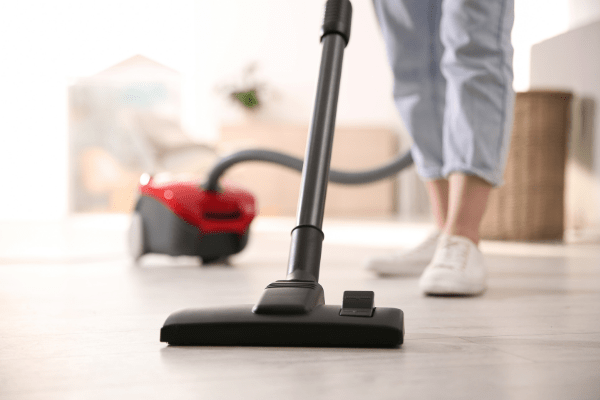Every few months or so, a new survey comes out to expose the realities of what it means to be a man in a domestic setting, versus what it means to be a woman– and its a hard pill to swallow. Because in 2021 we are still grappling with the obscene fact that one half of the population continues to do significantly more unpaid domestic labour.
Each time these surveys are released, it feels like another hammer to the chest. Sure, you might find a male partner who defies all these heteronormative roles, but you’ll be in the rare minority. And being in the rare minority is not easy.
The latest survey by the Bureau of Statistics on the household impacts of COVID-19 once again confirms that women continue to be the architects of these private spaces. And while the pandemic has seen an increase in the amount of work being done around the house by both men and women, it’s the women who continue to do most of the unpaid work.
The survey showed that in the last 12 months, more men were doing unpaid work than the previous year. But the number of women undertaking these tasks also increased.
Almost 45 percent of women with children spent more than five hours each week supervising or caring for them. Over a third spent over 20 hours per week on these tasks.
And the men? On average, 32 percent of them spent more than five hours a week on supervising or caring for children and 17 percent do more than 20 hours a week.
These latest figures support the various household surveys we’ve seen over the years around the allocation of domestic duties.
Over a quarter of women spend more than 10 hours a week doing unpaid housework inside the home, compared to 8 percent of men. More than half of women spend more than five hours a week doing indoor housework, compared to 28 percent of men. Outdoors however, 7 percent of men spend more than 10 hours a week on outside work and repairs.
Women continue to be the main cooks – 54 percent of them spend more than five hours a week preparing meals for their family, compared to 30 percent of men.
A survey from the Melbourne Institute’s Household, Income and Labour Dynamics in Australia survey, published in 2019, showed that even when women took on more paid employment, they continued to do more domestic chores in the house.
The only task that an increasing number of women say they are doing less work on shopping, which the internet has conveniently solved for us. Sadly, it hasn’t helped us in other areas.

